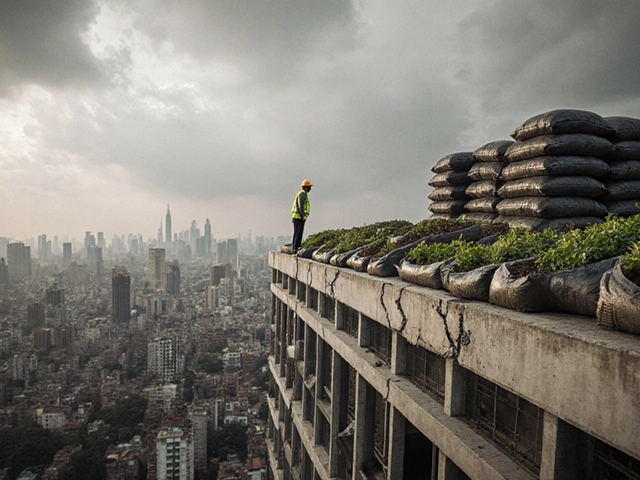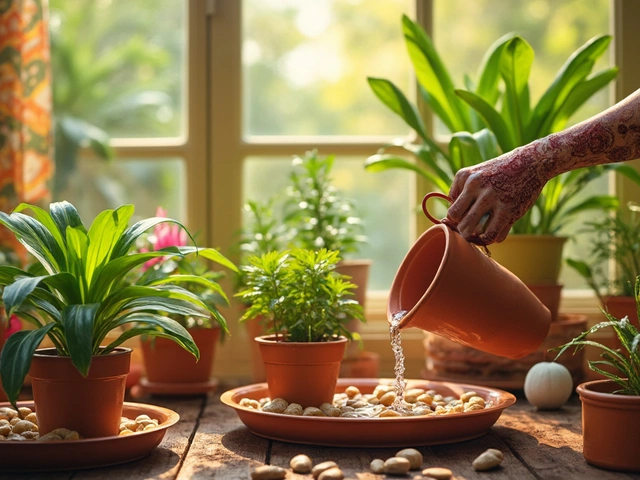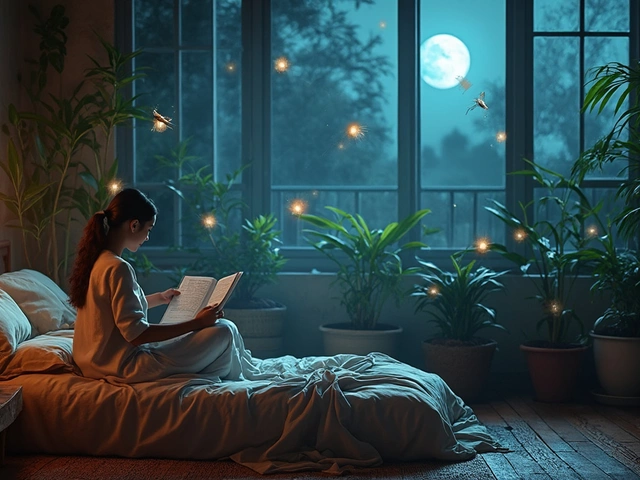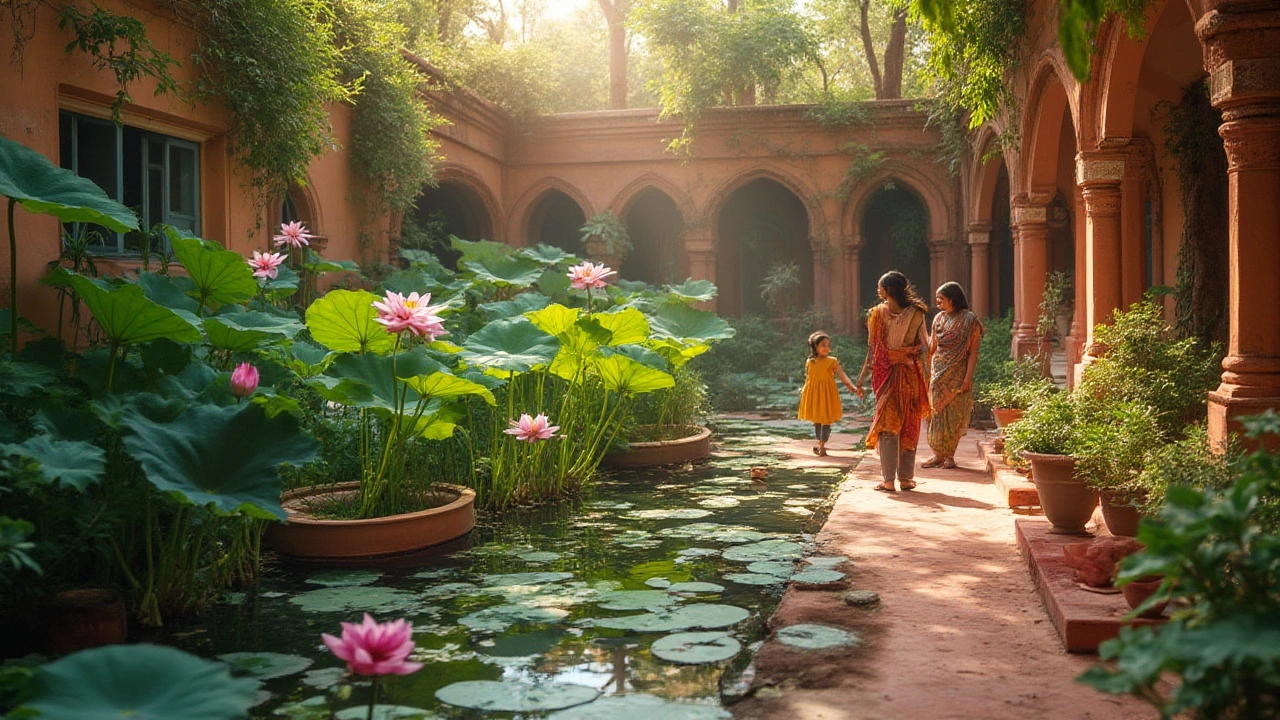Home Pond Plants: Easy Picks for a Beautiful Backyard Water Garden
Thinking about adding a pond to your garden? The right plants can turn a plain water feature into a lively oasis in just a few weeks. Below you’ll find the most beginner‑friendly pond plants, quick tips on where to put them, and how to keep them healthy without becoming a plant‑doctor.
Choosing the Right Plants for Your Pond
First, decide what part of the pond you want to fill. Floating plants like water lily and duckweed sit on the surface, provide shade, and help keep algae down. If you like a splash of color, pick dwarf water lilies that stay under 12 inches tall – they look great in small ponds and need less space.
Marginal or border plants grow in the shallow edge where water is only a few inches deep. Hardy cattail, marsh marigold, and pickerel rush add height and texture, and they’re tough enough for most Indian climates. Plant them in a net pot or a shallow bucket and let their roots dangle into the water.
Submerged plants such as hornwort and anubias stay underwater all the time. They absorb excess nutrients, which reduces the chance of a green, slimy mess. A handful of these plants in a mesh bag can keep water clear for months.
When picking, match the plant’s temperature tolerance to your region. Tropical varieties like lotus love hot summers but may struggle in cooler winters. If you have a seasonal climate, choose hardy species like water hyacinth or water iris that survive a mild frost.
Caring for Your Pond Plants Year‑Round
After planting, give your new greens a gentle rinse to get rid of any bugs or debris. Then, keep the water level steady – most pond plants need at least 6 inches of water to stay rooted.
Winter is the trickiest time. In colder zones, move floating plants into a shallow indoor container with cool water. For marginal plants, cut back the foliage to a few inches above the soil and mulch the soil surface. Submerged plants can stay in the pond if the water doesn’t freeze solid; otherwise, bring their mesh bags inside.
Feeding isn’t a big deal. Too much fertilizer will cause algae, so only add a pinch of slow‑release tablet in spring if growth looks slow. Regularly remove dead leaves – they decompose and cloud the water.
Finally, keep an eye on pests. Snails love soft leaves, while pond moths may lay eggs on floating plants. A quick hand‑pick or a light spray of neem oil solves most problems without harming fish or beneficial insects.
With these simple steps, you’ll have a thriving mini‑ecosystem that looks great and supports wildlife like dragonflies and frogs. Start with a few easy plants, watch them grow, and add new varieties as you get confident. Your backyard pond will soon become the go‑to spot for relaxation and family fun.
Is It Safe to Grow Lotus at Home? Risks, Benefits, and Essential Tips
Thinking about growing lotus at home? Get the facts on risks, safety, plant care tips, and common surprises about these stunning aquatic beauties for your indoor or outdoor pond.
About
Home and Garden
Latest Posts


Which Vegetable Farming is Profitable in India? Your Practical Guide
By Alden Thorne Apr 25, 2025

Pebble Tray Care: How Often Do You Need to Fill It?
By Alden Thorne May 20, 2025

Do Houseplants Need Misting? Truths About Indoor Plant Humidity Care
By Alden Thorne Jul 26, 2025

